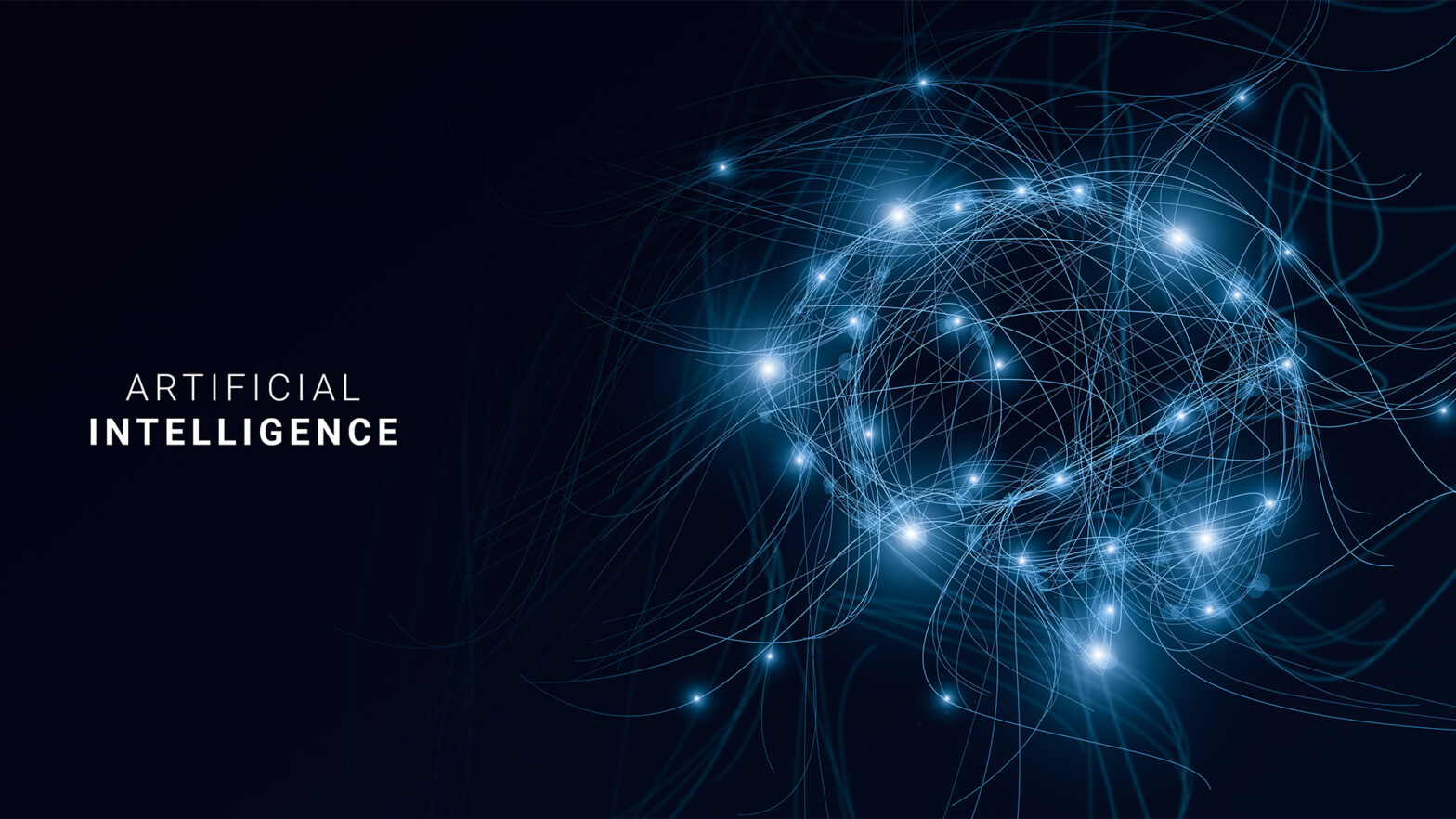
Playing the Hero and the Villain: AI Can Limit the Environmental Damage It’s Responsible for Causing
29 July 2024

AI’s potential to enhance data centre sustainability has been overshadowed by the undeniable environmental impact of this technology
Data centres, expected to account for 6% of the world’s carbon footprint by 2030, are undergoing a period of transformation, driven by the rise of AI and the pressing need to combat climate change. With such rapid growth comes unforeseen environmental impacts, highlighting the significance of the application of AI technologies in optimising energy use.
It is undeniable that the data-intensive workloads generated by AI will see power consumption soar to unprecedented levels. However, the technology itself can help develop the next generation of data centres that are both high-capacity and more sustainable.
According to Julien Deconinck, Managing Director at DAI Magister, environmental concerns are driving the development of innovative AI solutions that optimise energy usage in data centres, while reducing operating costs.
Deconinck said: “Over the next five years, the amount of data generated will surpass the total produced in the past decade, necessitating a significant expansion of storage capacity in data centres worldwide. Another key factor contributing to this rising energy demand is the escalating computational power required for AI training, which is doubling every six months.
“Tech giants, recognising the scale of the problem and their significant contribution to it, are racing to mitigate the environmental impact of their operations. These companies face mounting pressure to reduce their carbon footprint and meet neutrality targets.
“Most data centres aim to operate in a ‘steady state’, striving to maintain consistent and predictable energy consumption over time to manage costs and ensure reliable performance. As a result, they’re dependent on the local electricity grid, where outputs can fluctuate significantly. AI-driven solutions offer enormous potential to address these challenges by optimising energy usage and predicting and managing demand more effectively.
“Integrating renewable energy sources like solar and wind into the grid can improve data centre sustainability, but this presents challenges due to their variable availability. AI addresses this by forecasting renewable energy availability using weather data and predictive analytics. This enables data centres to shift non-critical workloads to peak renewable energy production periods, maximising the use of clean energy and reducing reliance on fossil fuels.
“When assessing the efficiency of a facility, the power usage effectiveness (PUE) measure serves as a crucial metric for indicating output. By monitoring and adjusting operational parameters in real time, AI sensors autonomously adjust power supply voltages, reducing consumption without compromising performance.
“AI algorithms analysing usage patterns and optimising workload distribution further reduce this energy waste associated with inadequate server management and inconsistent allocation. The optimisation of computing resources in data centres minimises the need for, and use of, excess capacity, both lowering operating costs and maximising performance capabilities.”
AI can also pre-empt system issues that can lead to breakdowns or long-term disruption.
“AI sensors are facilitating predictive maintenance by analysing real-time data to detect anomalies or deviations in consumption patterns. Once identified, AI systems alert the issue to operators, preventing the activation of energy-intensive emergency cooling systems.
“Integration of AI sensors is further beneficial in thermal modelling, enabling dynamic adjustments to systems, accounting for high-intensity computing tasks and external temperature fluctuations by predicting potential hotspots within the facility, based on data collected.”
Deconinck concluded: “Together, AI and green technologies are set to revolutionise data centre operations by allowing them to manage larger capacities while reducing their carbon footprint. This not only supports sustainability objectives but also safeguards the transition to low-carbon, high-capacity data centres as the demand for data storage and processing continues to surge brought about by the rise of AI.”

Technology
25 March 2025
Ransomware-As-A-Service Variants on the Rise With Critical Infrastructure Providers at the Greatest Risk

Business Advice
25 March 2025
Claims Processing Automation: How Insurers Can Cut Costs and Improve CX

Technology
18 March 2025
Secret Signs Your Internet Security Has Been Compromised






















